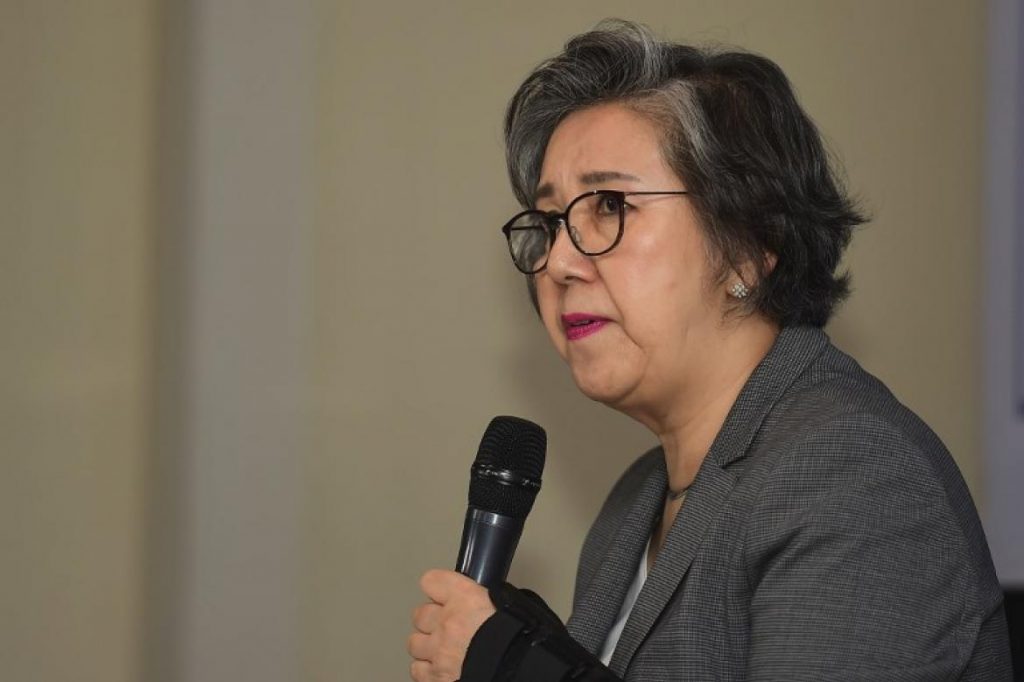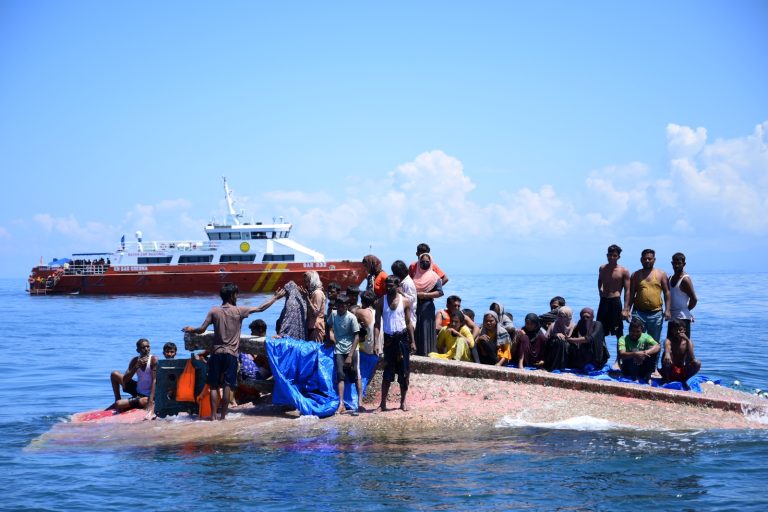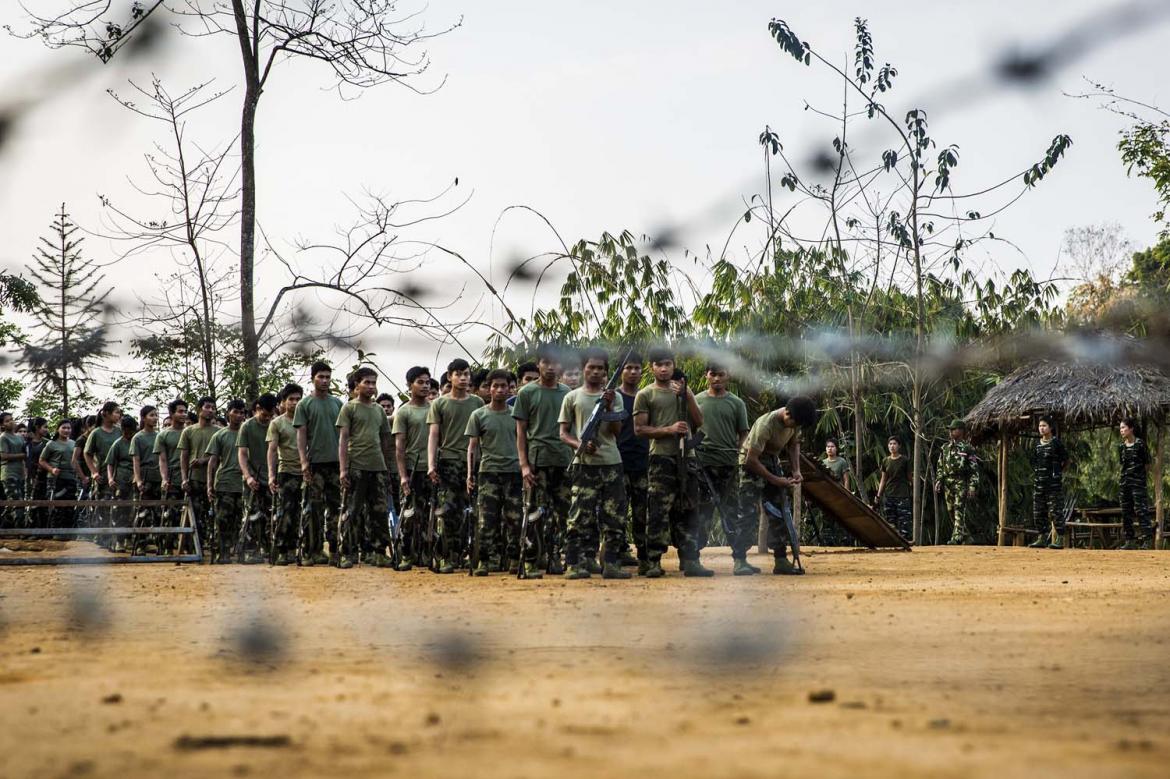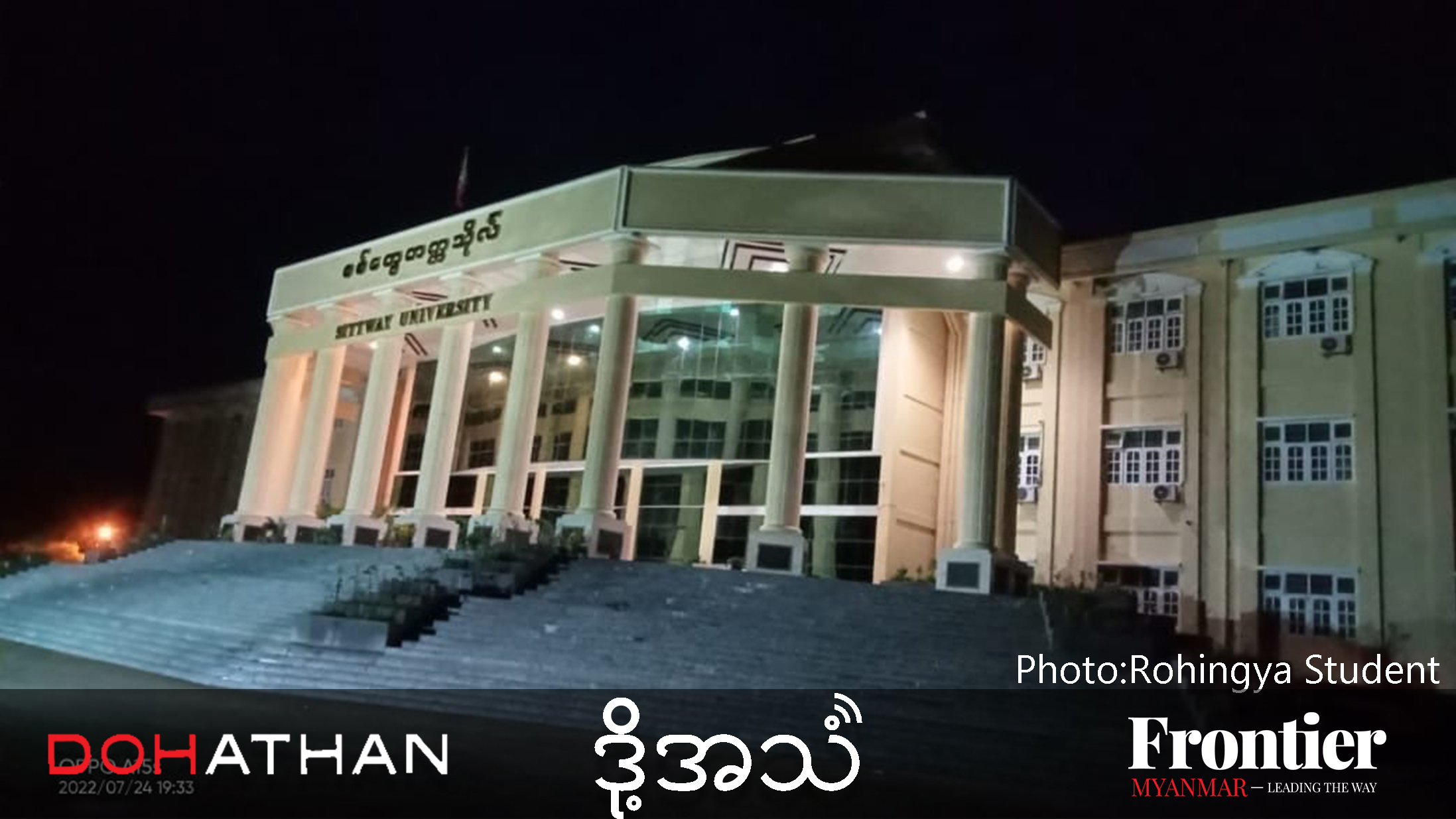By AFP
DHAKA — Bangladesh must not “rush to relocate refugees” from the Rohingya Muslim minority, a top UN rights official said Friday, amid plans to move the community to an island vulnerable to extreme monsoon weather.
Some 750,000 Rohingya Muslims from Myanmar escaped a bloody military crackdown in northern Rakhine State since August 2017 and joined some 300,000 refugees living in the already overcrowded Bangladesh camps.
Dhaka has spent some US$280 million transforming Bhashan Char, a muddy silt islet that only emerged from the Bay of Bengal nearly two decades ago, into a camp for some of the refugees.
But the island, in a coastal region where extreme weather has killed hundreds of thousands of people in recent decades, is one hour by boat from the nearest land and over a stretch of sea prone to violent storms.
Support more independent journalism like this. Sign up to be a Frontier member.
Ms Yanghee Lee, a UN Special Rapporteur of human rights, visited the island on Thursday and urged Bangladesh to observe “caution and patience” before proceeding with any relocation plan.
“There should be no rush to relocate refugees, such as before the monsoon season which is one of the possibilities that has been outlined to me,” she told reporters on Friday.
“It is imperative that any measures to relocate the refugees enhance their enjoyment of rights and do not create a new crisis,” she added.
Lee also advised Dhaka to share feasibility studies and allow the UN to carry out a “full technical and humanitarian assessment, including a security assessment, before making any further plans for the housing of people on the island”.
“The island’s isolation does particularly trouble me, especially in the event of cyclones or other natural disasters,” she added.
Lee did not provide further details about the island, which is still strictly off limits to the public and the media.
Plans for the island camp were first floated in 2015 and Bangladesh had previously wanted to start relocating refugees to the island last June before the monsoon season began.
Prime Minister Sheikh Hasina was then slated to open the new settlement, built to house 100,000 refugees, last October, but the inauguration was postponed.
A senior disaster management official told AFP in September that nearly three-quarters of the project was complete, with the navy fast-tracking construction of shelters and evacuation centres.
Local officials have pointed to a newly-constructed three-metre (nine-feet) embankment around the island that they say will keep out tidal surges in the event of a cyclone.
Lee, who also visited Rohingya camps in Cox’s Bazar, said the refugees “cannot return to Myanmar in the near future”.
“I encourage the government to begin to engage in longer-term planning and prepare the local population for this reality,” she said.







